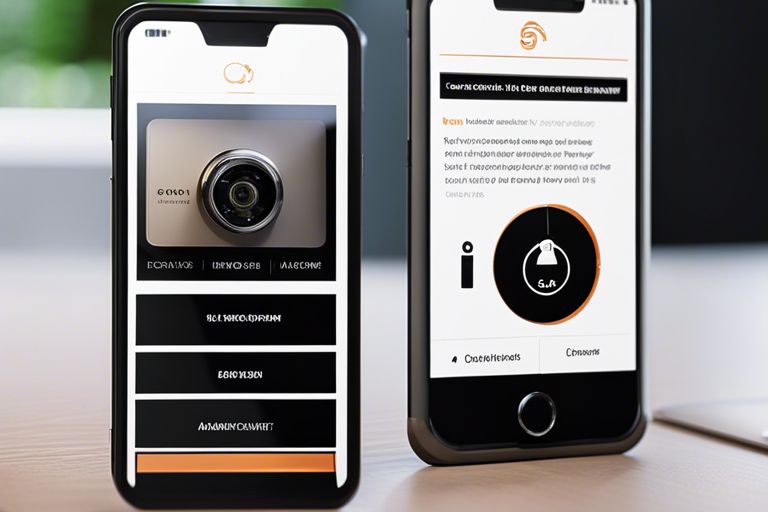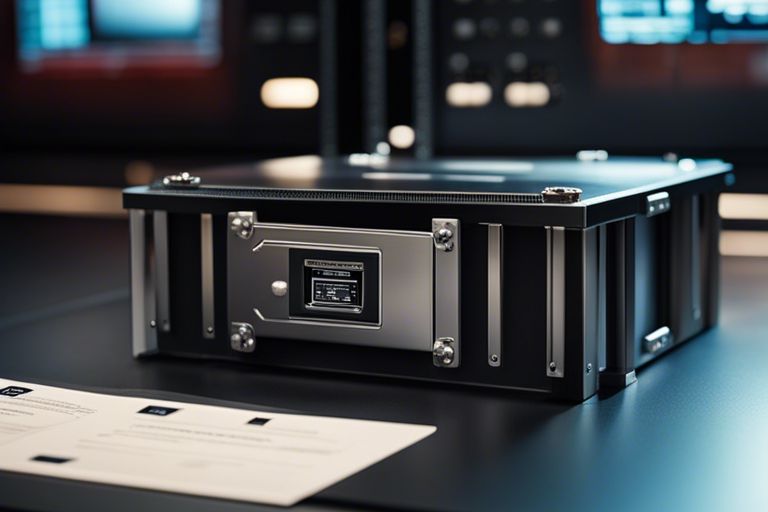In today’s digital age, protecting our personal information has become more important than ever. With the rise of identity theft cases, it is crucial to find effective measures to safeguard our identities. One such measure that has gained popularity is the use of biometrics for identity theft prevention.
Biometrics refers to the unique physical or behavioral characteristics of an individual that can be used to verify their identity. These characteristics include fingerprints, iris patterns, facial features, voice patterns, and even DNA. By using biometric technology, organizations can ensure that only authorized individuals have access to sensitive information.
So, how can you use biometrics for identity theft prevention? Here are some steps to get started:
Step 1: Understand the Basics of Biometrics
Before diving into the world of biometrics, it’s essential to have a basic understanding of how it works. Biometric systems capture an individual’s unique traits and convert them into digital templates. These templates are then stored securely and used for future identification purposes.
Step 2: Choose the Right Biometric Technology
There are several types of biometric technologies available, each with its own strengths and weaknesses. Some common ones include fingerprint scanners, facial recognition systems, and voice recognition systems. Consider your specific needs and choose the technology that best suits your requirements.
Step 3: Implement Biometrics in Your Organization
Once you have chosen the appropriate biometric technology, it’s time to implement it in your organization. This may involve installing hardware such as fingerprint scanners or integrating software for facial recognition. Ensure that the implementation process is smooth and well-documented.
Step 4: Educate Your Employees or Users
Biometrics can only be effective if everyone understands how to use it properly. Conduct training sessions to educate your employees or users on the importance of biometrics and how to enroll their biometric data. Emphasize the need to keep their biometric information confidential and secure.
Step 5: Monitor and Update the System
Biometric systems require regular monitoring and updating to ensure their effectiveness. Keep track of any system glitches or errors and address them promptly. Stay updated with the latest advancements in biometric technology to enhance the security of your system.
By following these steps, you can harness the power of biometrics for identity theft prevention. Remember that biometrics is not foolproof and should be used in conjunction with other security measures. However, it adds an extra layer of protection and significantly reduces the risk of identity theft.






